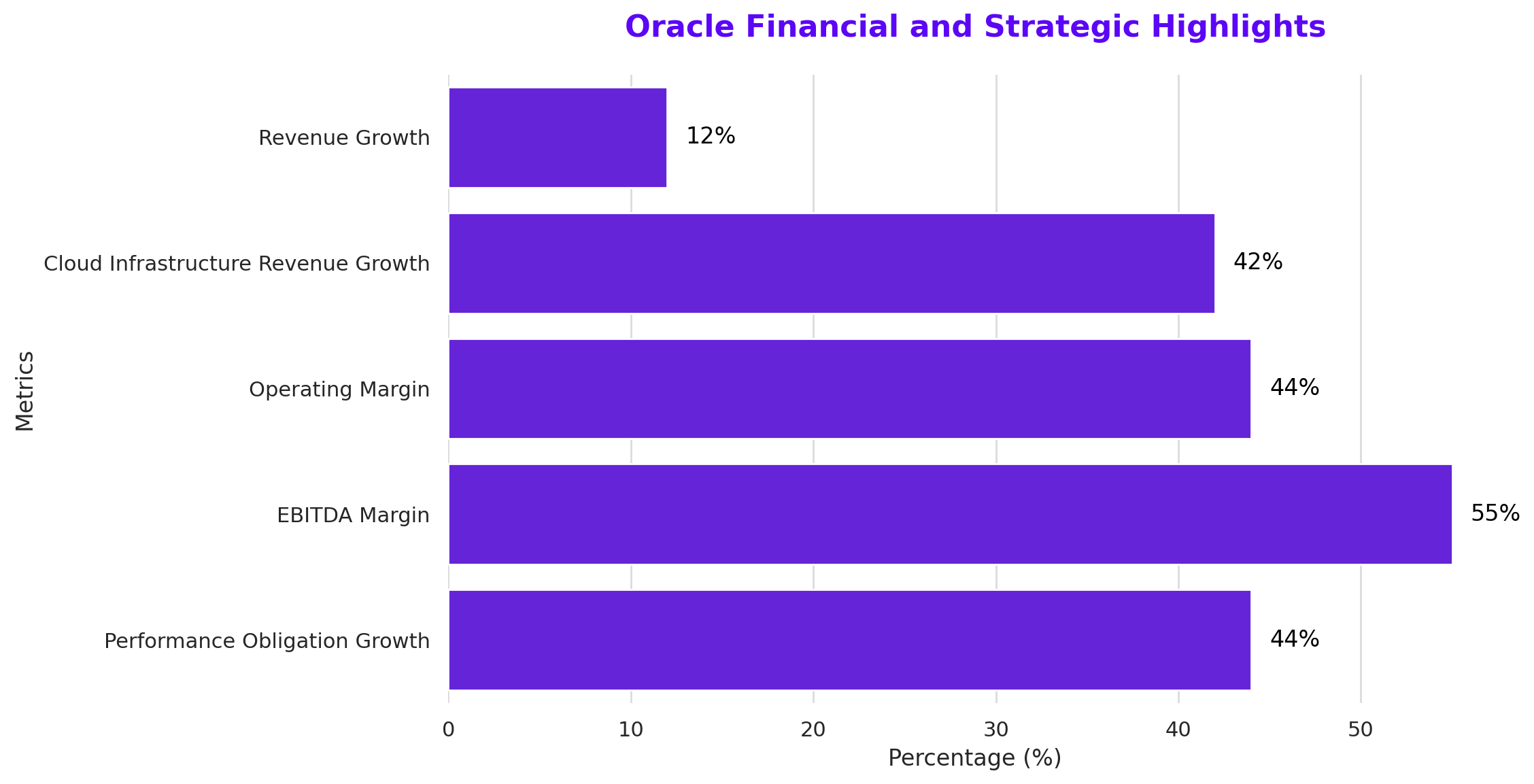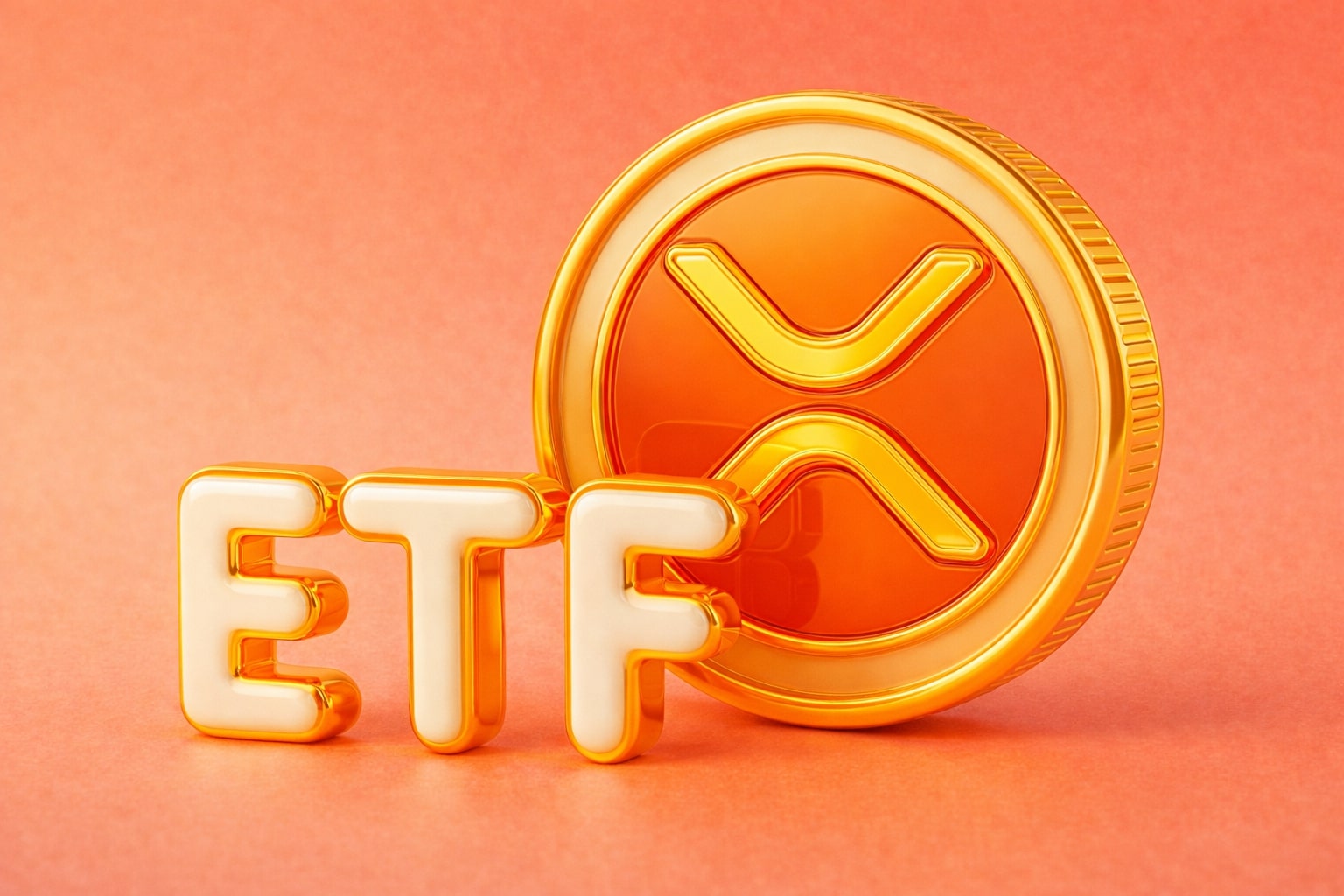Market Reaction to Major Selloffs
The Bitcoin market recently faced significant pressure, with the cryptocurrency's price teetering just above the $66,000 mark, following a sharp drop to $65,000. This downturn was primarily influenced by substantial selloffs from Bitcoin whales and miners, which collectively unloaded over $4 billion worth of Bitcoin. Despite these massive dispositions, market sentiment remains largely bullish.

Whale Movements and Market Impact
Detailed on-chain analysis revealed that Bitcoin whales, which include entities and individuals holding large amounts of Bitcoin, sold over 50,000 BTC in the ten days preceding the latest market correction. This selloff amounted to approximately $3.30 billion. The actions of these whales are pivotal due to their capacity to significantly influence Bitcoin's market price through substantial single transactions.
Miner Contributions to Market Dynamics
In conjunction with whale activities, Bitcoin miners also contributed to the downward price pressure by selling over 1,200 BTC, valued at more than $79.20 million. Miners play a crucial role in the Bitcoin ecosystem by verifying transactions and securing the network, and they typically sell a portion of their mined Bitcoins to cover operational costs including electricity and hardware expenses.
Analyst Perspectives on Bitcoin's Future
Despite the recent price pullbacks, many analysts remain optimistic about Bitcoin's long-term value trajectory. Ki Young Ju, CEO of CryptoQuant, noted on X (formerly Twitter) that the average entry price for Bitcoin traders is around $47,000. He suggests that Bitcoin's price maintaining above this average is indicative of a continuing bull market, advising traders to remain long-term bullish but cautious of taking excessive risks.
Mining Costs Versus Market Price
The economics of Bitcoin mining also play a significant role in its market price. Ali Martinez, another prominent crypto analyst, highlighted that Bitcoin’s average mining cost is currently $86,668. Historically, Bitcoin prices tend to rise above the average mining cost, which acts as a psychological benchmark for bullish price expectations post-halving events.
Supply Dynamics Influenced by Halving
Bitcoin halving events, which reduce the block reward for mining new blocks by half, are significant market catalysts. These events decrease the rate at which new Bitcoins are generated, thereby constraining supply and potentially pushing prices up if demand remains strong. Following the recent halving, the reward decreased from 6.25 BTC to 3.125 BTC, intensifying the pressure on miners and influencing their selling behaviors.
What's Next for Bitcoin?
Looking ahead, there is a general consensus among market analysts that Bitcoin will likely surpass its average mining cost soon. Such a development could encourage miners to hold onto their mined Bitcoins rather than selling them, potentially easing downward pressure on prices and fostering a more sustained bullish market environment.
Market Watch and Long-term Outlook
As the market navigates through these turbulent times, influenced by significant whale and miner activities, the overarching sentiment remains robustly positive. Analysts foresee a potential price surge once Bitcoin consistently trades above its mining costs, heralding a possible continuation of the bull market despite recent setbacks.
Conclusion
The dynamics of Bitcoin’s price are intricately linked to activities by major stakeholders like whales and miners, alongside fundamental market mechanics like halving and mining costs. While short-term fluctuations are common, the long-term outlook based on deep market analysis continues to be bullish. Investors are advised to monitor these trends closely, as they offer insights into potential future movements and market responses.



















